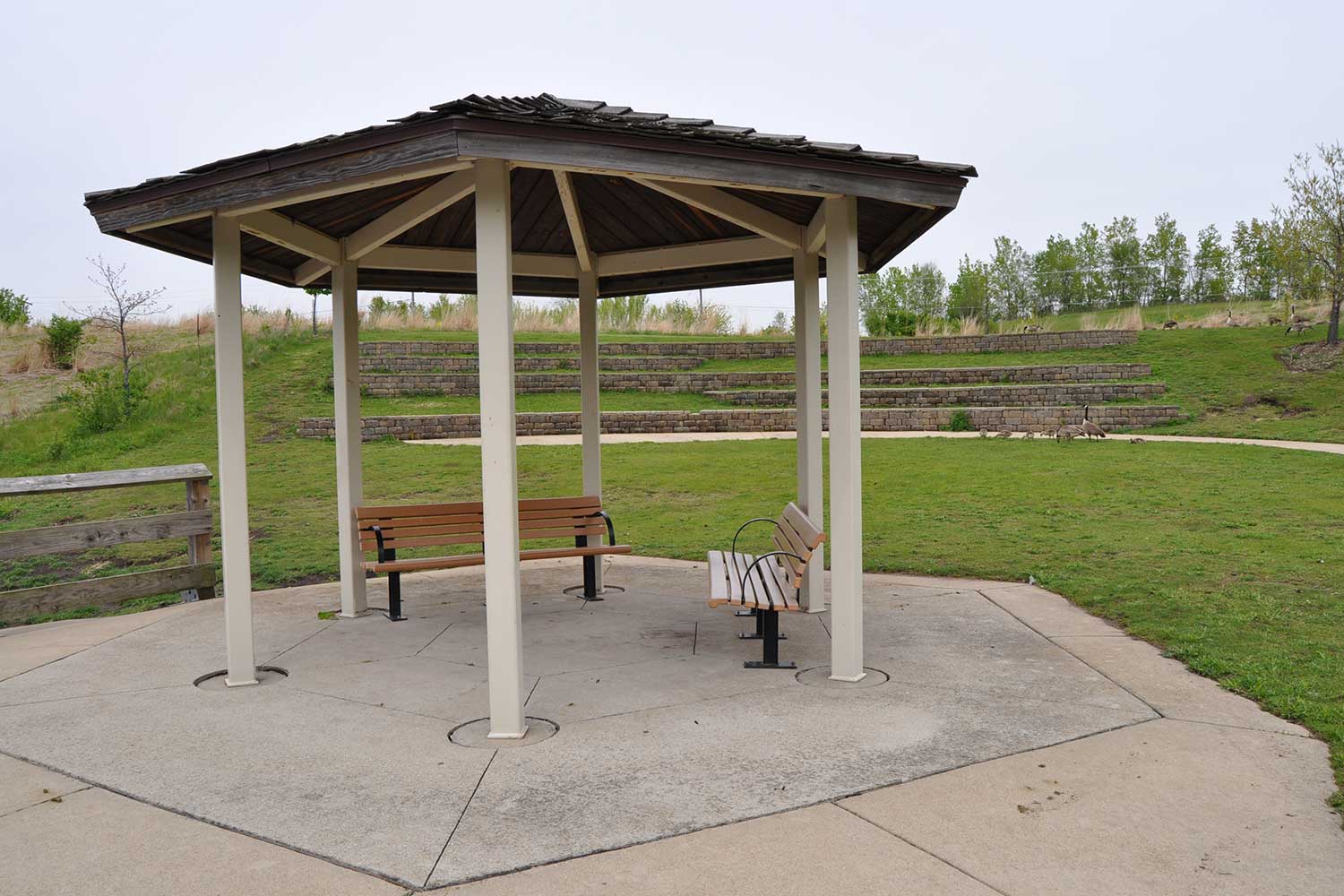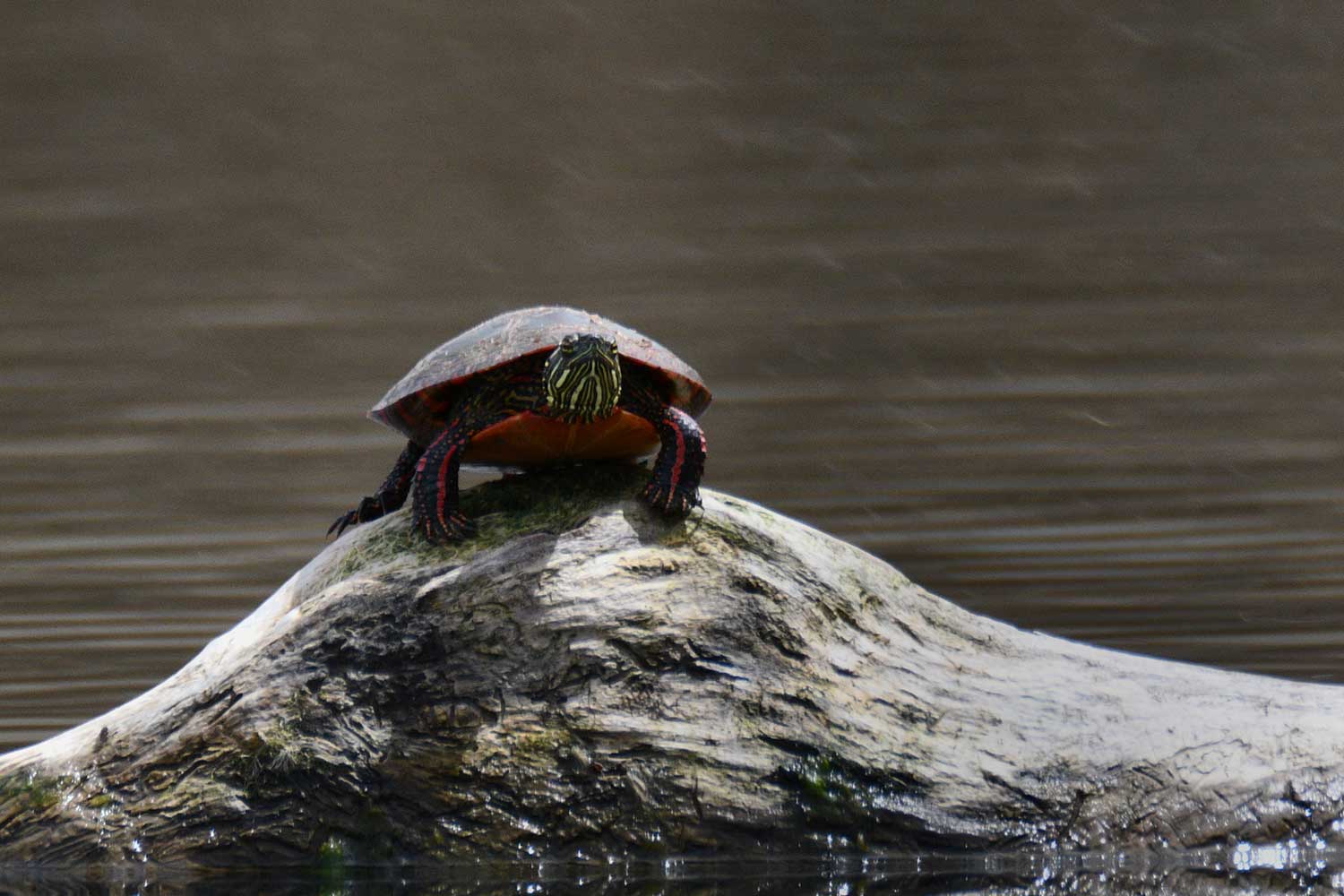Preserve history
The 839-acre Lake Renwick Preserve was acquired between 1989 and 2010.
The preserve is part of the Lily Cache Creek preservation system, which conserves approximately 1,000 acres.
A 320-acre portion of the site was dedicated as an Illinois Nature Preserve in 1992. This dedication provides permanent protection for the natural resources at the preserve. A 149-acre portion of the site was registered as an Illinois Land and Water Reserve in 2003. This registration provides permanent protection for the natural resources at the preserve.
The preserve has three access points, all in Plainfield: Copley Nature Park, Heron Rookery Nature Preserve and Turtle Lake Access.
Natural resources
Lake Renwick Preserve protects a 200-acre lake with associated wetland habitat.
Wildlife found at the preserve includes a variety of bird species, such as the great blue heron and great egret. Structures have been built on islands within the lake to provide nesting opportunities for the birds.
Hundreds of people visit the Heron Rookery Nature Preserve each year to be dazzled by nesting herons, egrets and cormorants. Activity doesn't stop when the nesting season ends. Lake Renwick is also a hot spot for bald eagles, American white pelicans and hundreds of winter waterfowl.
Access to Heron Rookery Nature Preserve is limited on a seasonal basis to protect the nesting activities of migratory birds. During the breeding season from March 1 through mid-August, this access is only open for public programs and guided bird viewing as listed in the Event Calendar. The preserve is open from 8 a.m. to sunset from mid-August through February. Copley Nature Park and Turtle Lake Access remain open year-round.
The preserve is also home to a variety of plant species, including large-leaved pondweed and water stargrass.
The site is managed with monitoring activities and habitat enhancement to protect and enhance its natural resources.
Due to the sensitivity of the site's natural resources, dogs are not allowed in Heron Rookery Nature Preserve. Bicycling and fishing at this preserve are limited to Turtle Lake Access.
SUBSCRIBE TO OUR YOUTUBE CHANNEL
Amenities and activities
Trails
The Heron Rookery Nature Preserve features 1.45 miles of crushed limestone trail, ideal for hiking/running.
Turtle Lake Access provides access to the 3.35-mile, paved Lake Renwick Bikeway, ideal for the following activities:
- Biking
- Hiking/Running
- In-Line Skating
- Cross-Country Skiing
- Snowshoeing
Fishing
Turtle Lake Access offers access to shoreline fishing in designated areas of Turtle and Budde Lakes. Catch-and-release fishing is encouraged, but daily limits are:
Wildlife viewing
All three access areas provide opportunities for wildlife viewing. Copley Nature Park features a gazebo with mounted scopes for bird viewing. The Heron Rookery Nature Preserve also features mounted scopes for bird viewing.
Geocaching
Permits are available for geocaching at Turtle Lake Access.
Visitor center
The Heron Rookery Nature Preserve features the Lake Renwick Heron Rookery Visitor Center, which is open to the public seasonally for bird viewing.
.jpg?width=1500&height=1000&ext=.jpg)
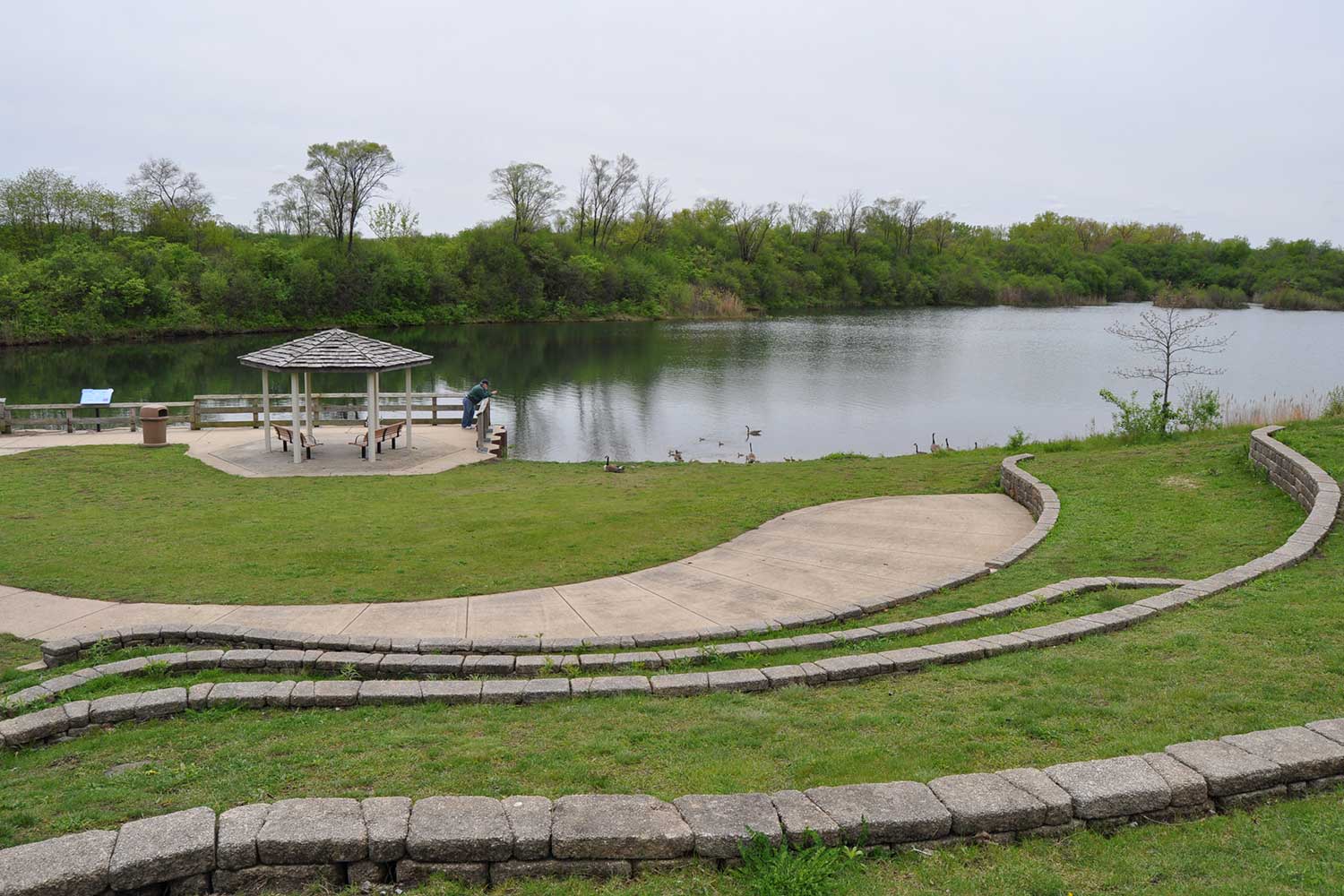.jpg?width=1500&height=1000&ext=.jpg)
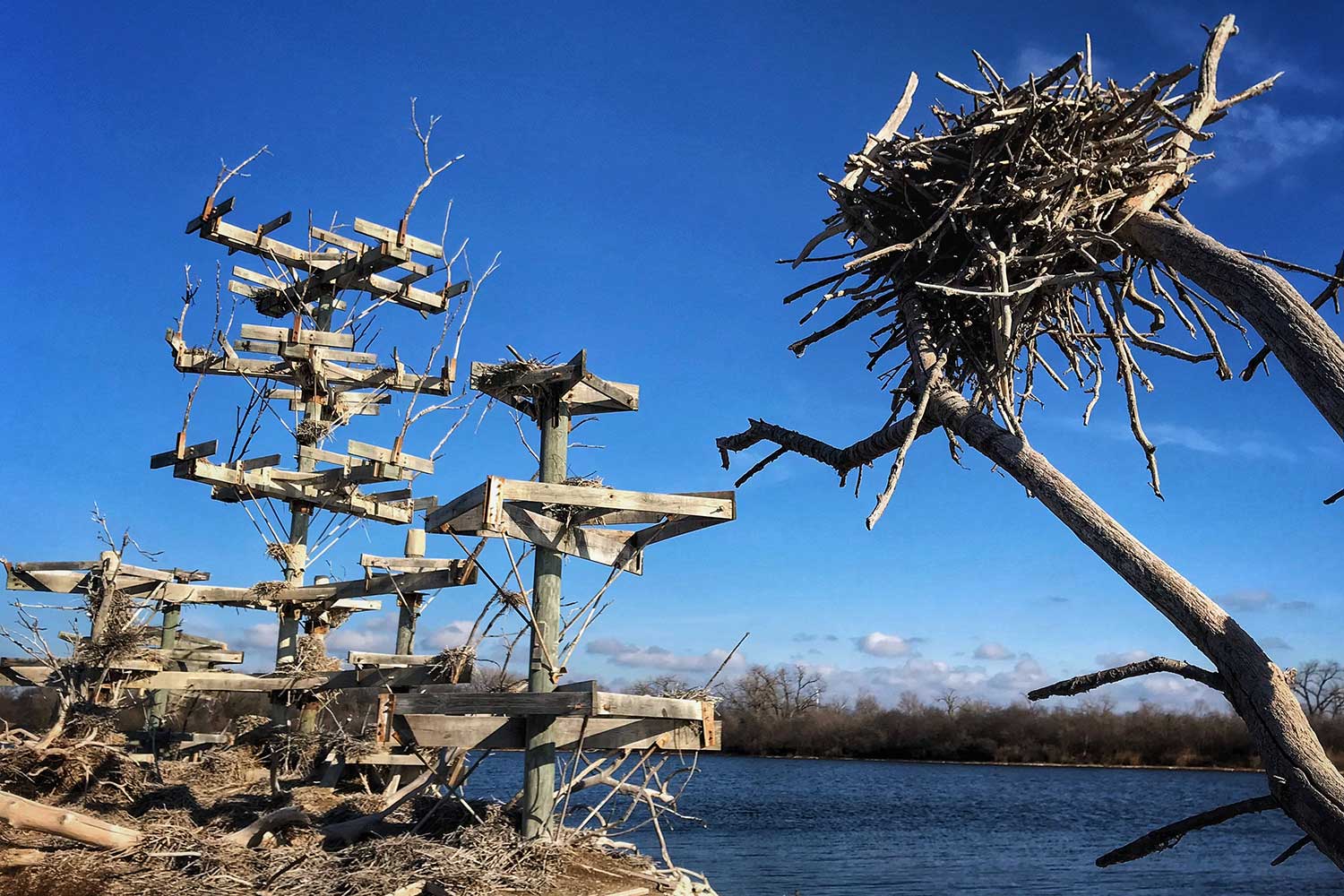.jpg?width=1500&height=1000&ext=.jpg)
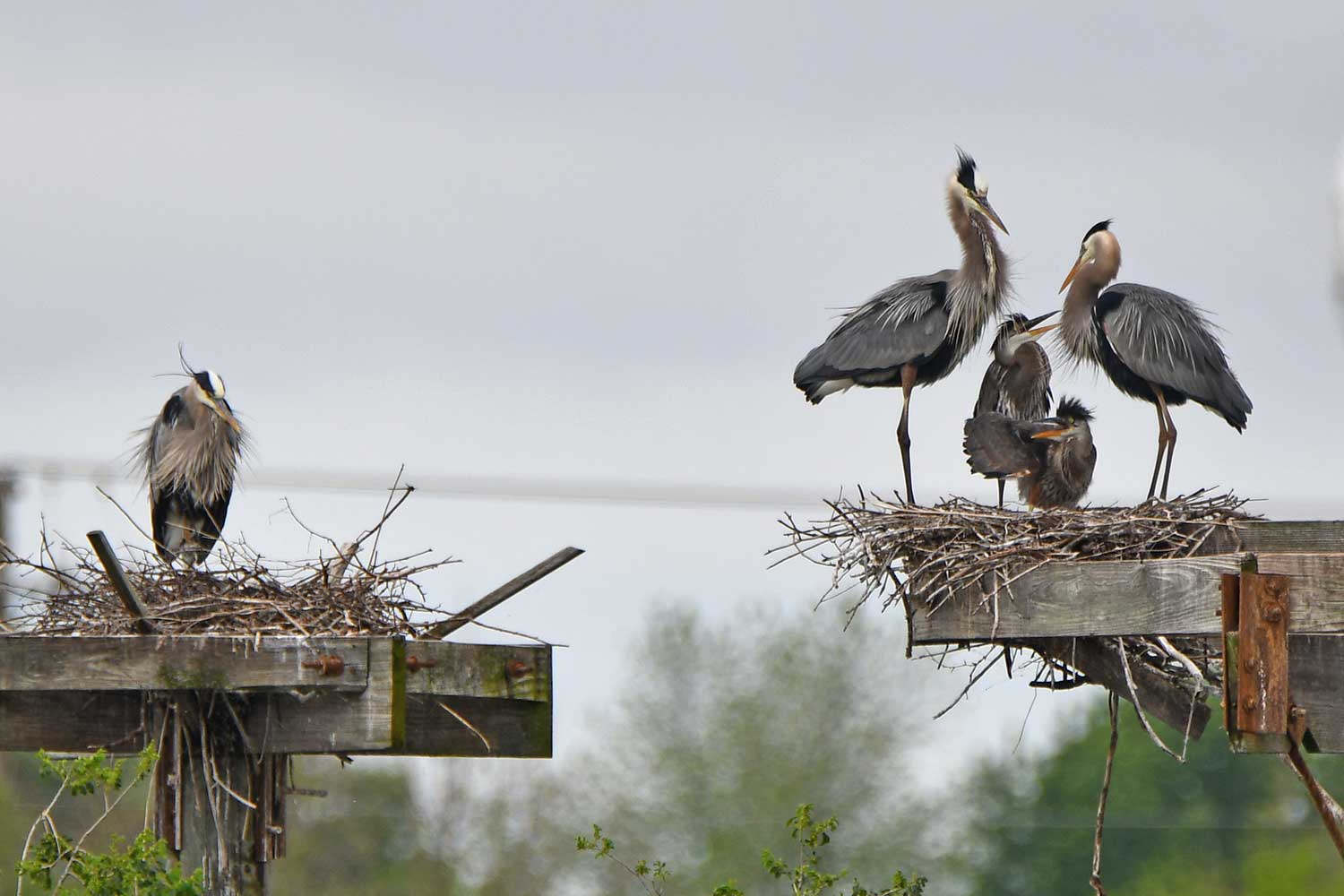.jpg?width=1500&height=1000&ext=.jpg)
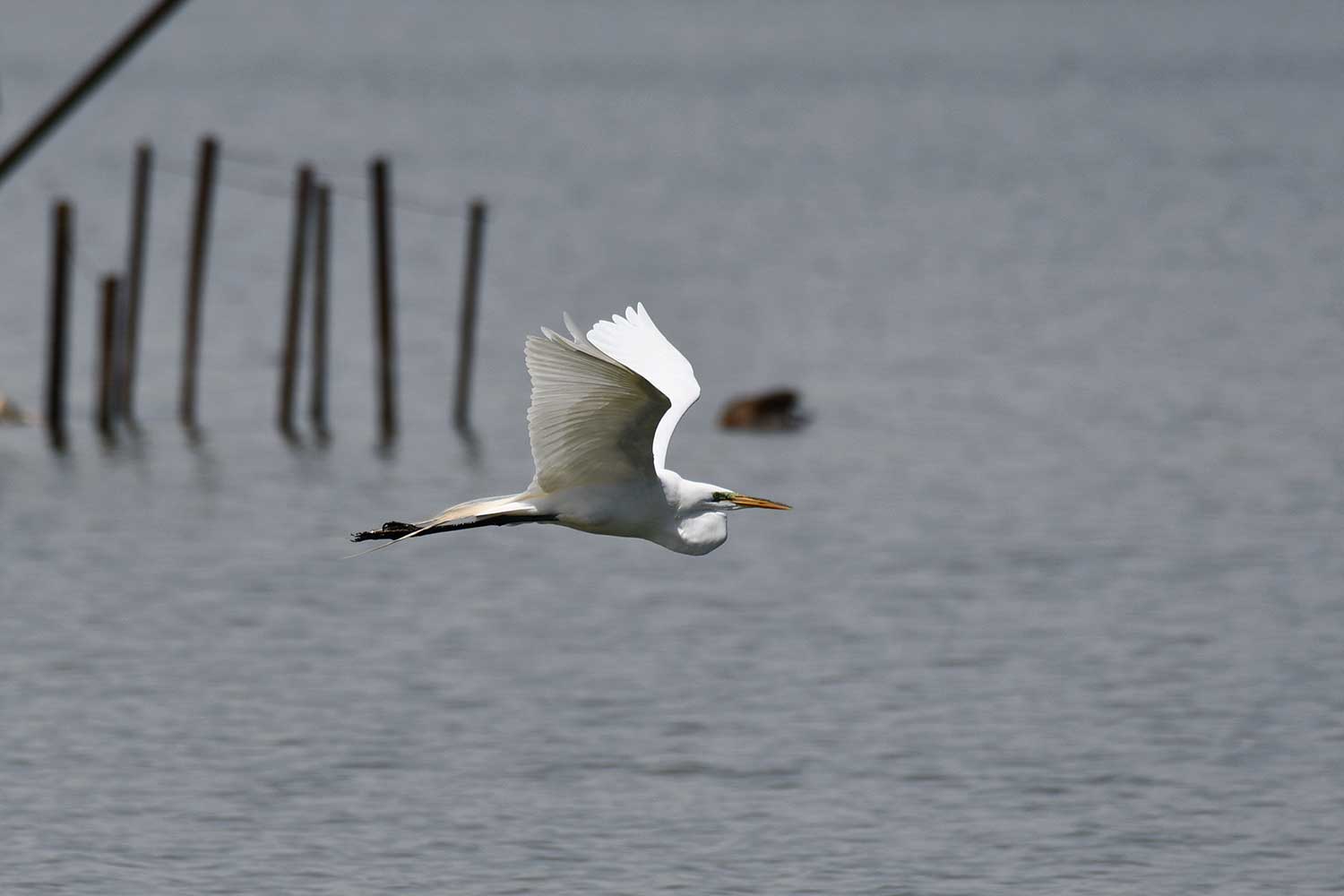
.jpg?width=1500&height=1000&ext=.jpg)
